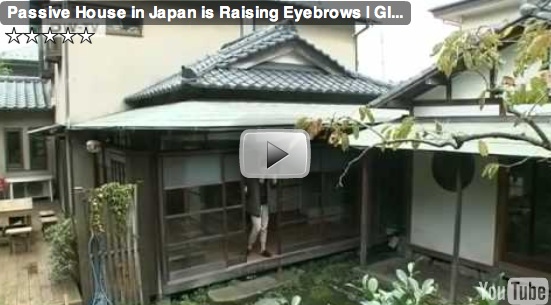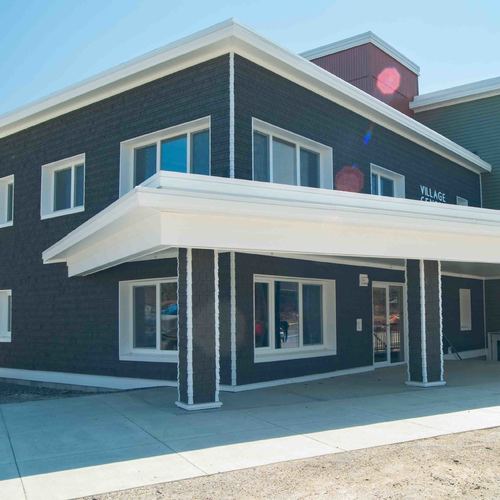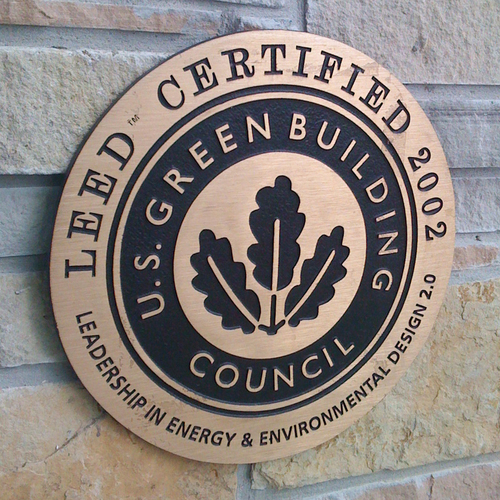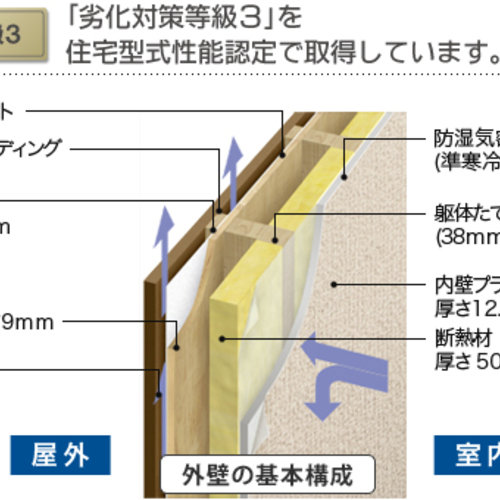Image Credit: Deutsche-Welle TV (first image only)
Image Credit: Deutsche-Welle TV (first image only) Many people in Japan use heated carpets, among other spot-heating devices, to stay warm at home during the winter. This image, from an ad, shows the inconspicuous controls featured on one such carpet.
Like most musicians at the top of their game, West Coast five-string banjo master Bill Evans peppers his schedule with plenty of performance tours, including the occasional trip overseas. One of those engagements took him to Kobe, Japan, where he experienced firsthand both the thrill of playing to Japan’s extremely receptive bluegrass fans and the wintertime chill of a typical Japanese home.
Bill, who was my long-suffering banjo teacher when I lived in the Bay Area, told me that upon returning to his hosts’ home after his performance, he decided to write a song inspired by his visit to Kobe. He added, however, that his musical creation was greatly facilitated by a decidedly nonmusical device – a spot-heating gadget on a patch of floor in the home, which, like many houses in Japan, lacked a central HVAC system.
“The house was very cold … and my hosts instructed me to sit on a carpet placed in the middle of the living room floor,” Bill explained in an email. “These heated carpets can get you very warm very quickly. I pulled my banjo out and, sitting on the rug, I finished composing the tune.”
The song turned out well (click here for a listen), and as he mulled possible titles, Bill considered using whatever exotic name the Japanese use for the heated carpet. It turns out, though, the name for the carpet is hot-to carpet-to. Perhaps the principal reason Bill went with “Kobe Blues.”
A change of tune for Japan’s builders?
Being called on the heated carpet was a unique experience for Bill. But it is a familiar one for the Japanese, whose homebuilders, as a recent Deutsche-Welle TV video feature points out, offer some beautiful and ingenious designs and fixtures, but tend to favor an extremely light touch when insulating residential exteriors and a “personal device” touch when conditioning interiors. Sitting on or near heat-broadcasting appliances – toilets and carpets, blanketed tables (kotatsu) whose undersides are equipped with heating elements, and kerosene burners – is, observes Toyko-based online magazine SNOW, a widely shared experience during the winter months.
The encouraging news is that some sectors of the housing industry seem to have begun inching toward energy efficient construction, at least in principle. The Deutsche-Welle video, for example, focuses on the green-construction advocacy of Miwa Mori, an architect with Key Architects, in Kanagawa. One of Mori’s exemplary projects is a Japanese home built to Passivhaus standards.
Too, the Japanese government recently began subsidizing the construction of well-insulated buildings, Deutsche-Welle notes in the video narrative, which also includes affirming comments by a representative of one of the leading industry groups, the Japan Federation of Housing Organizations. The representative, Takao Fujimura, tells the interviewer that “current laws are sufficient” to propel the industry toward greener construction and that “if the leading companies’ guidelines become the industry standard, we’ll improve our energy footprint even more.”
Mori is skeptical of the JFHO party line, however. The market for well-insulated housing, she says, is still too small to motivate Japan’s big prefab-construction manufacturers to invest in better-insulated shells, roofs, and foundations. “It’s too expensive for them,” she says. “They want maximum profits. It will take a law to get them to change.”
Weekly Newsletter
Get building science and energy efficiency advice, plus special offers, in your inbox.
















2 Comments
Same in Korea
The heated mat or floor is called an Ondol (hot stone) in Korea, where Japan got the idea. Korea also has a history of poorly-insulated construction, although steps were taken to apply heat where needed, such as under the floor of the sleeping room.
In the past in Korea I understand there was some built-in insulation in the form of a thatched roof, and the upgrade to tile roofs (during a government development program) caused some consternation due to the lowered r-value.
Nowadays traditional houses have a bad reputation due to their lack of comfort, and preservationists are having to fight against the perception that only ugly apartment blocks are capable of having adequate heating, plumbing, and other systems.
I've actually been looking at how traditional houses could be better insulated (my father-in-law recently built a somewhat chilly traditional house there), and it's a difficult subject. Roofs have many cathedral areas under the curved roof, which would require custom-fit foam above the deck. Walls are also complex wattle-and-daub fit between vertical log posts. Floors are also complex.
I can imagine getting some insulation into new construction on one of these, but pre-existing houses have few attic or wall voids (there are some ceilinged areas which might work, such as in bedrooms), and in either case I find it hard to imagine sealing against air movement.
There is some hope, as I've seen diagrams of the modern insulated envelope on traditional builders' websites, but these are high-end custom builders.
Korean ondol floors
When I lived in South Korea in 1980 — I taught English there for almost a year — I often stayed at the Inn Dae-won or the Inn Dae-Ji in Seoul. (Anyone else remember those classic backpacker hostels?)
The traditional one-story Korean buildings were grouped around a central courtyard. Each room had an ondol floor, kept warm by fires tended outdoors. Each outdoor firebox had a clay combustion chamber that was cylindrical. The combustion chamber was sized to accommodate cylindrical coal brickettes. These were a standardized item, shaped with hollow air channels through the center. They were manufactured from coal dust.
The linoleum floors were toasty in winter -- sometimes too toasty. I know there wasn't much ceiling insulation, because one occasionally heard the rats scurrying across the ceiling. (The rats never entered the rooms, however; these were spotlessly clean.)
Log in or create an account to post a comment.
Sign up Log in